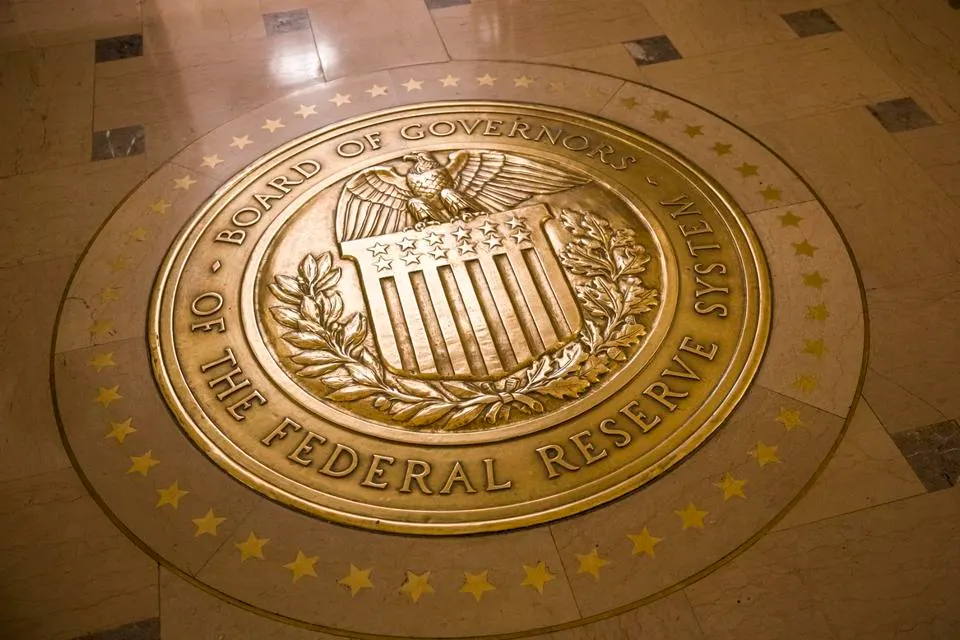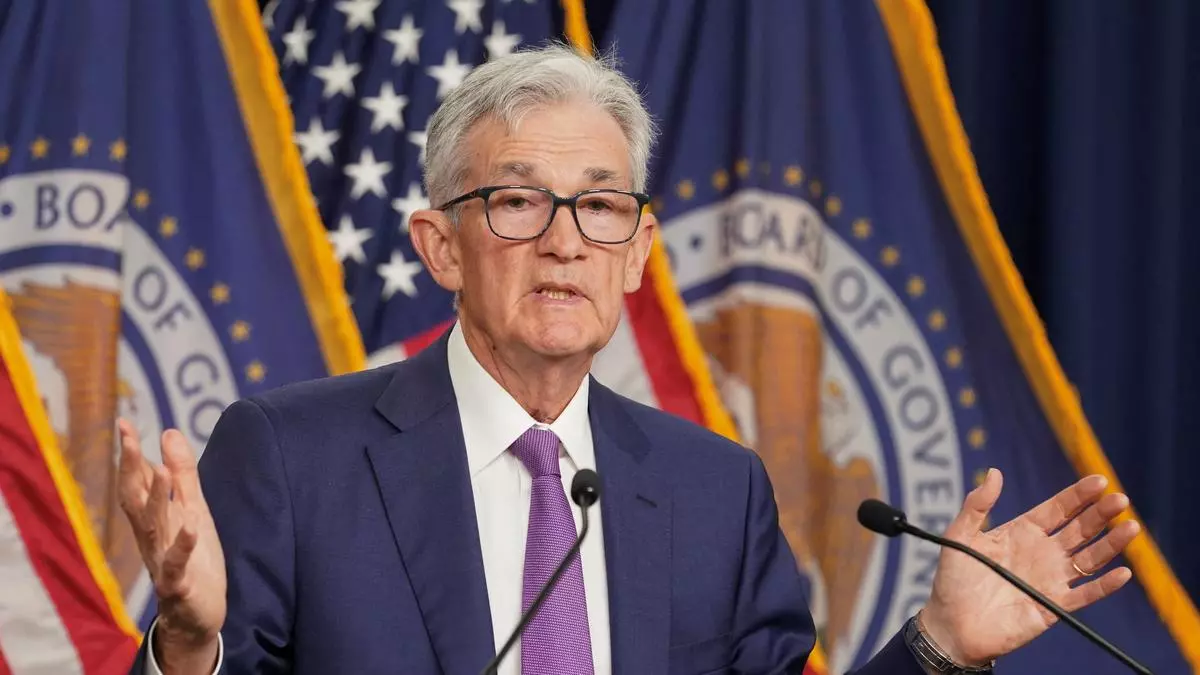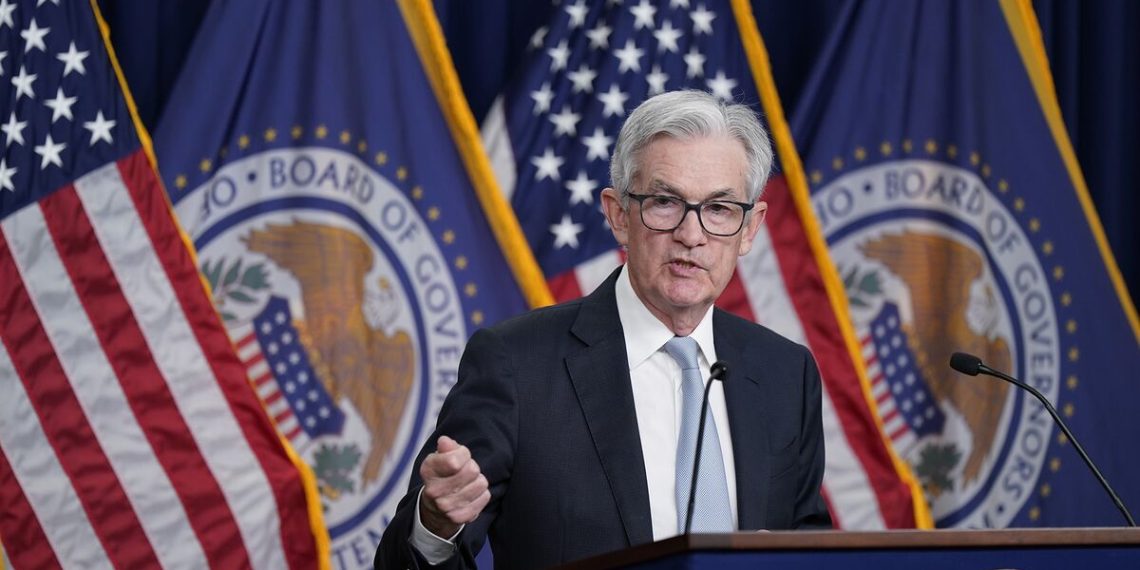The U.S. Federal Reserve chose to keep interest rates unchanged on Wednesday, indicating a continued inclination towards potential future rate cuts.
However, the Fed raised concerns over recent inflation data, suggesting that rate reductions might be postponed.
Fed Chair Jerome Powell acknowledged the prolonged nature of inflationary pressures, stating that achieving the desired decline in inflation could take longer than initially anticipated.

Despite the desire for rate cuts, Powell stressed the effectiveness of the current policy rate in managing economic activity and controlling inflation.
Investors reacted positively to Powell’s remarks, interpreting them as a sign that rate cuts might be delayed rather than completely abandoned.
Inflation remains a persistent concern, with Powell acknowledging the unpredictability of future economic data.
To prevent potential disruptions in the financial system, the Fed announced a reduction in the pace of balance sheet reduction starting on June 1.
This adjustment aims to maintain financial stability while preserving accommodative monetary policy.

The Fed’s decision reflects a delicate balance between supporting economic growth and addressing inflationary pressures.
Powell’s cautious approach underscores the uncertainties surrounding the economic outlook and the need for careful monitoring of inflation trajectories.
Despite optimism among investors, concerns about inflation persist. Powell’s emphasis on data-driven decision-making highlights the Fed’s commitment to addressing the evolving economic landscape while maintaining stability in financial markets.




